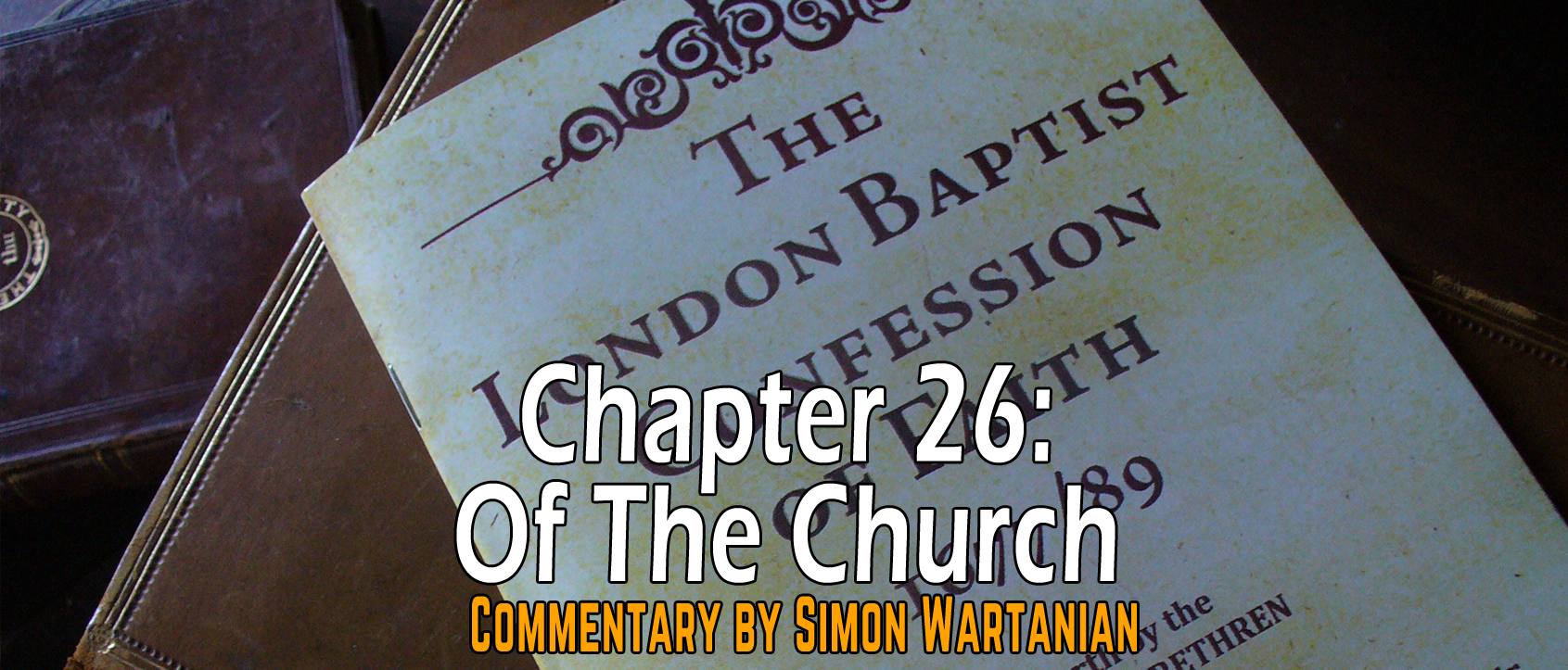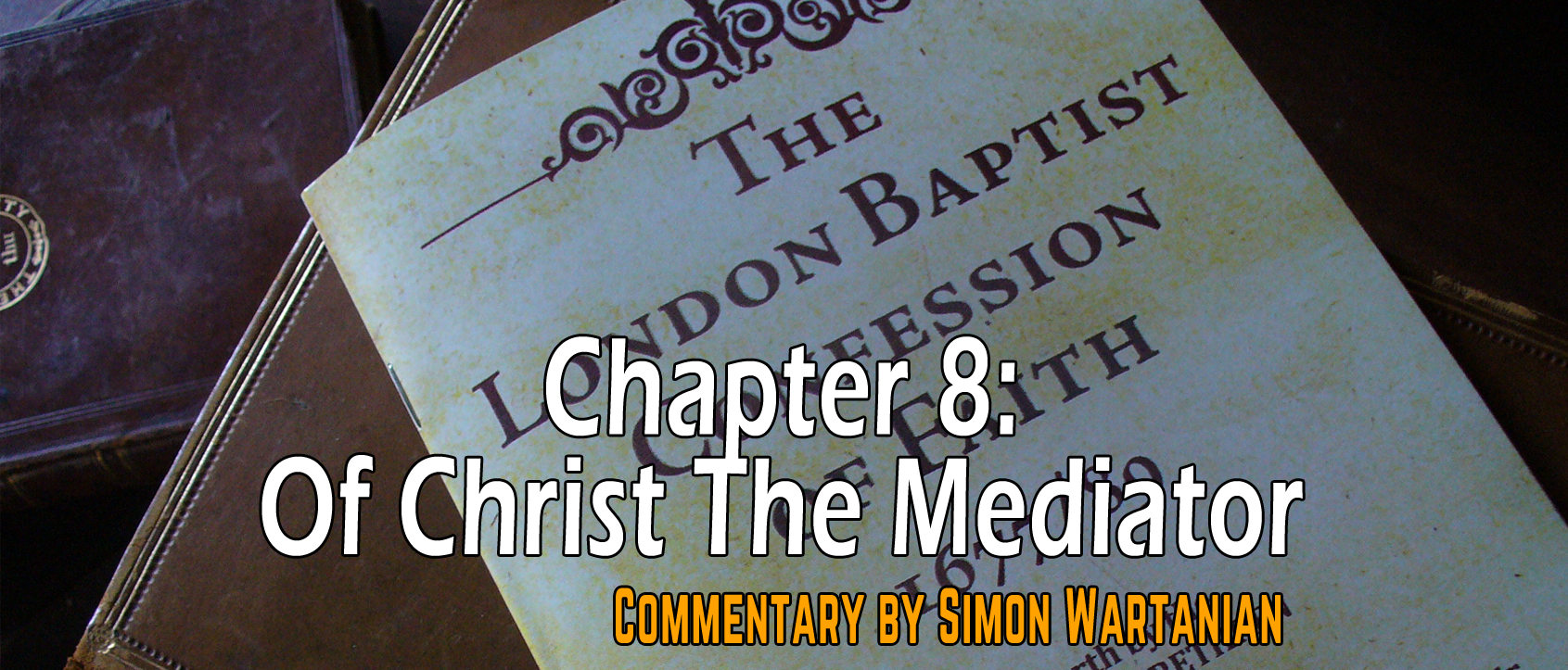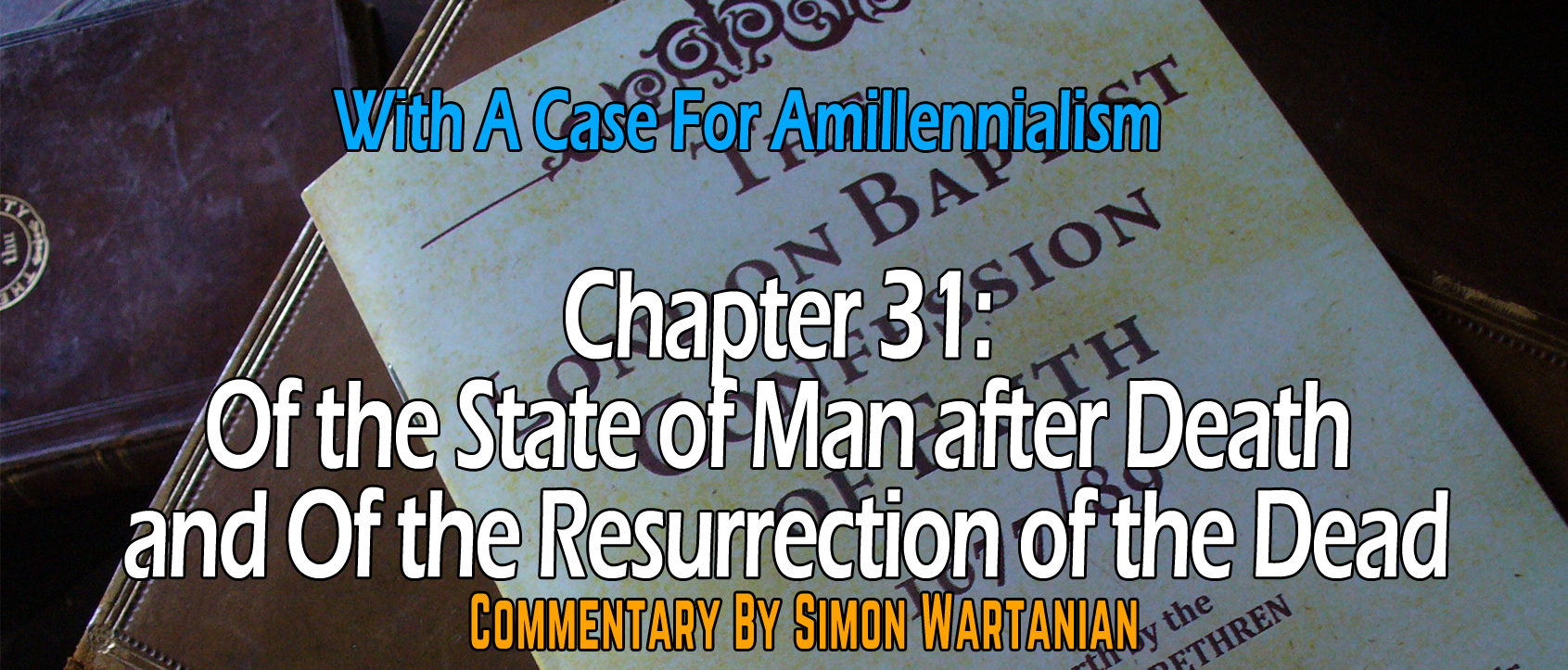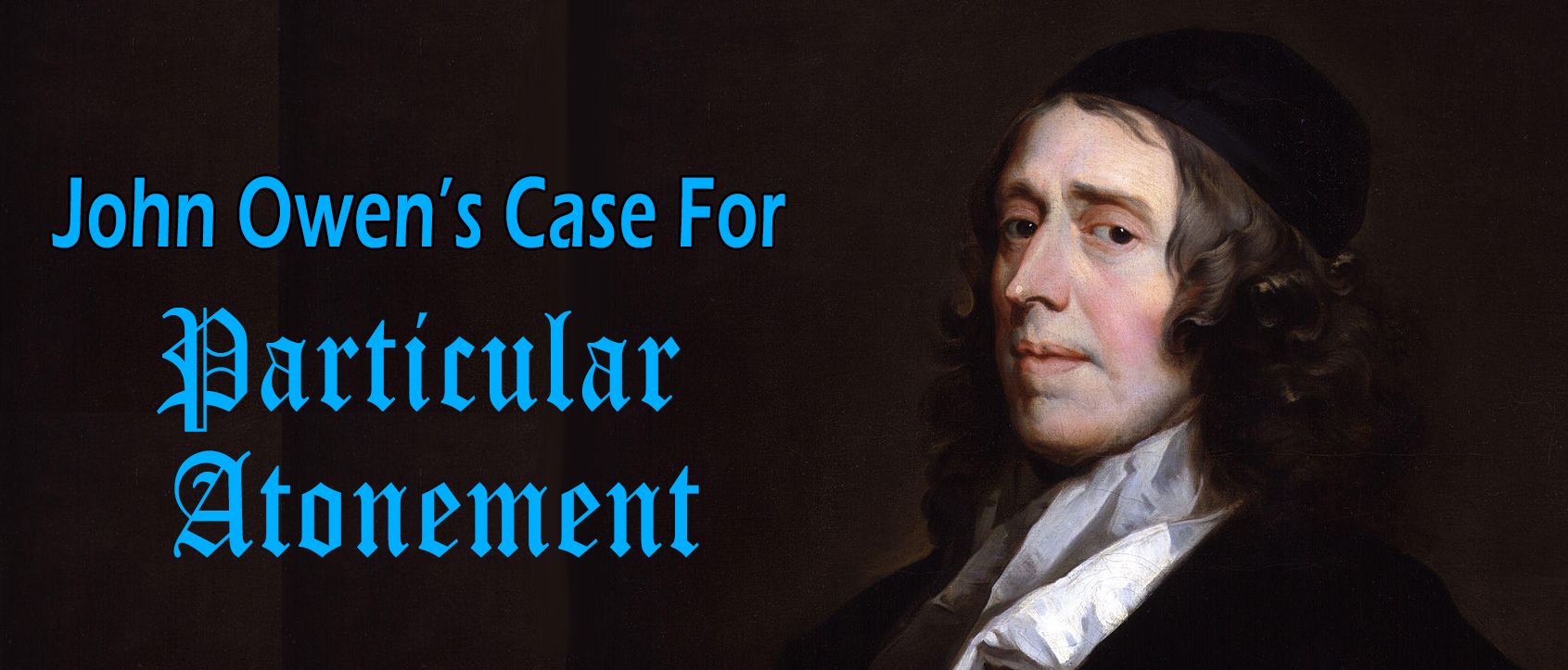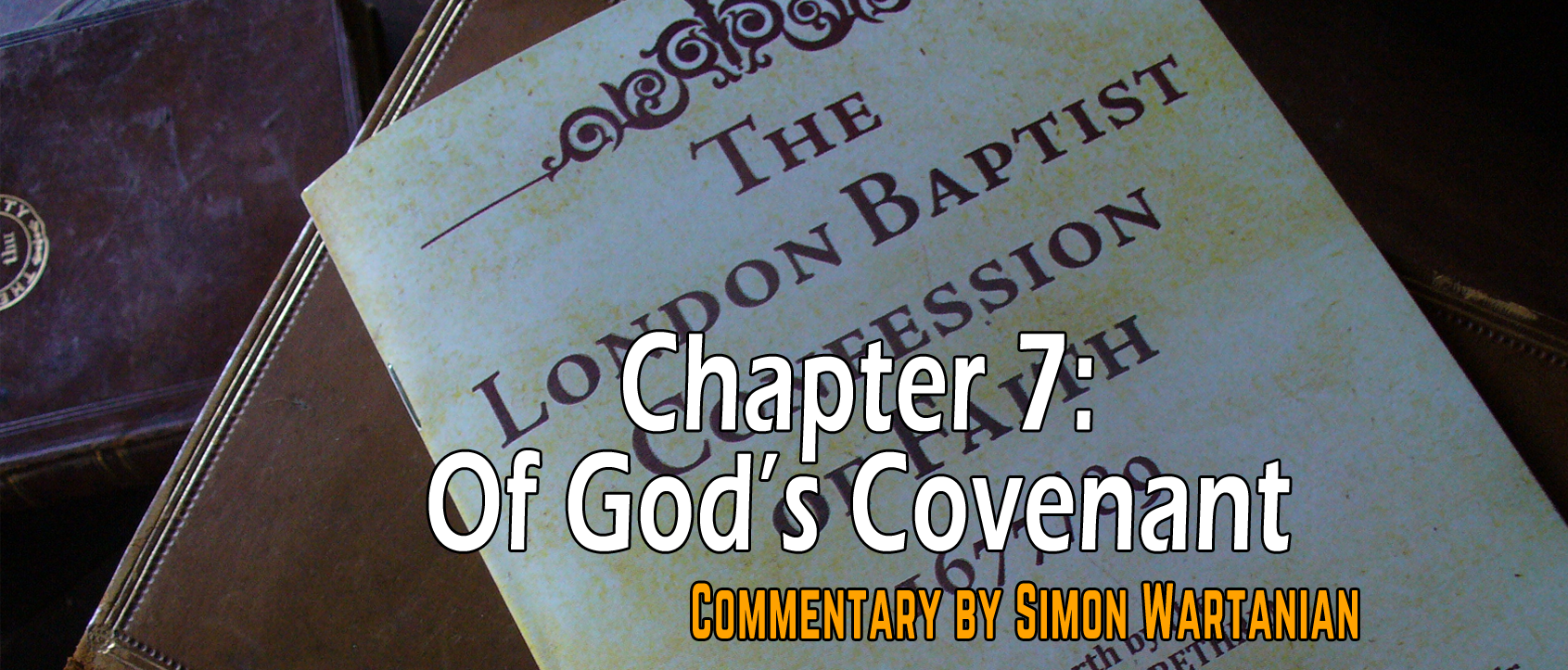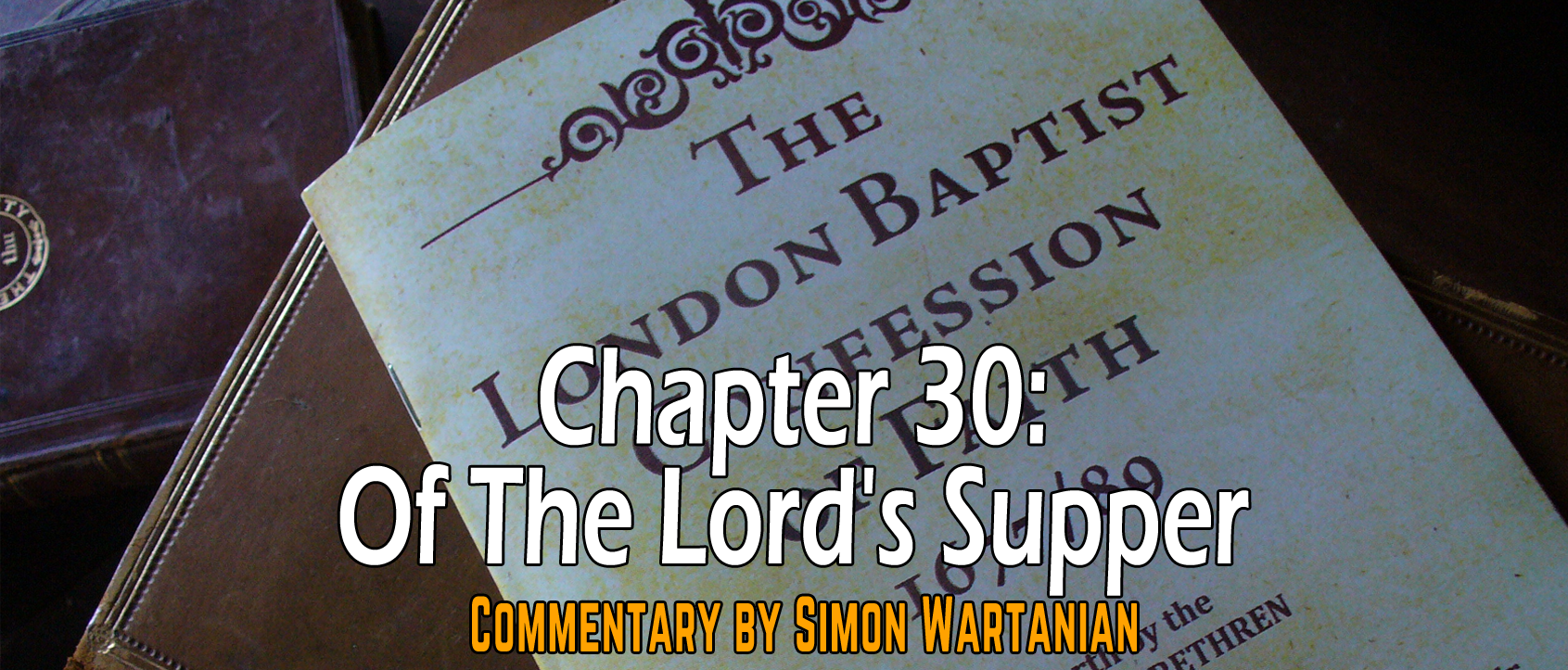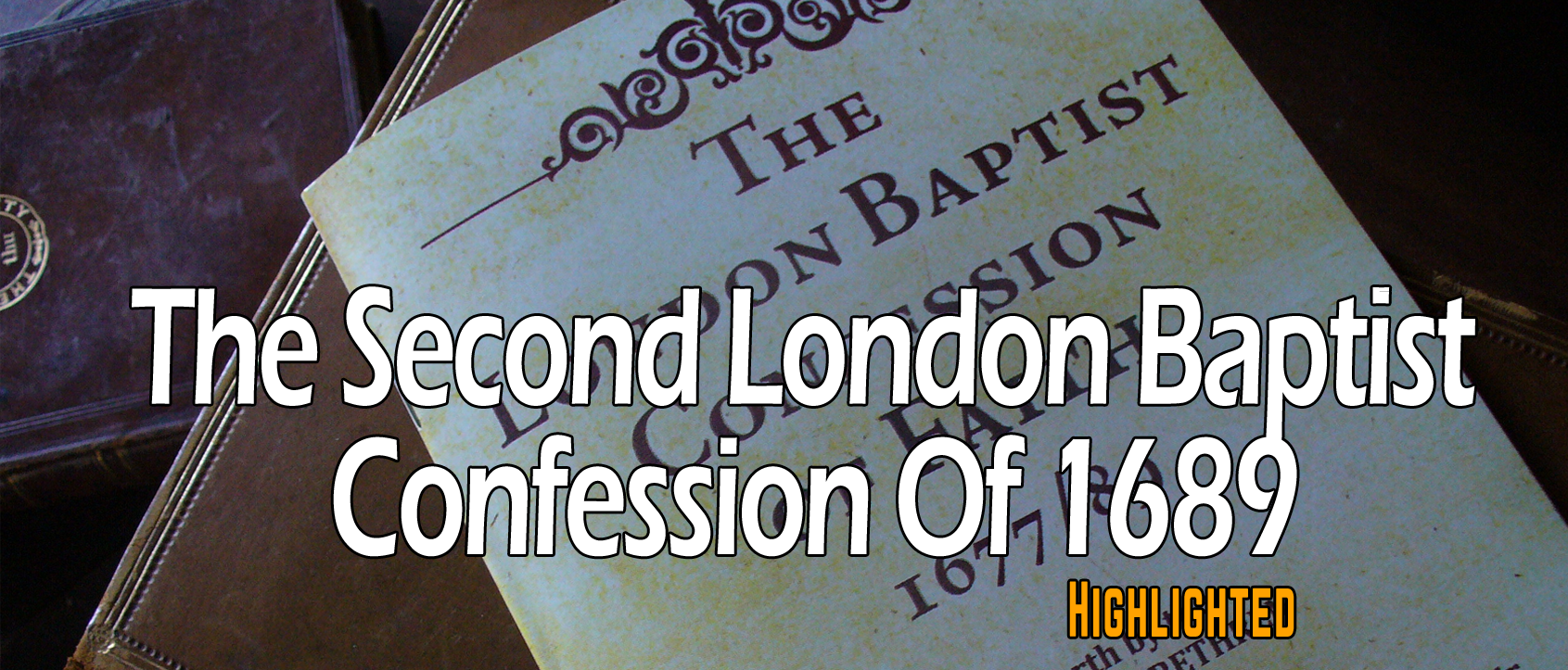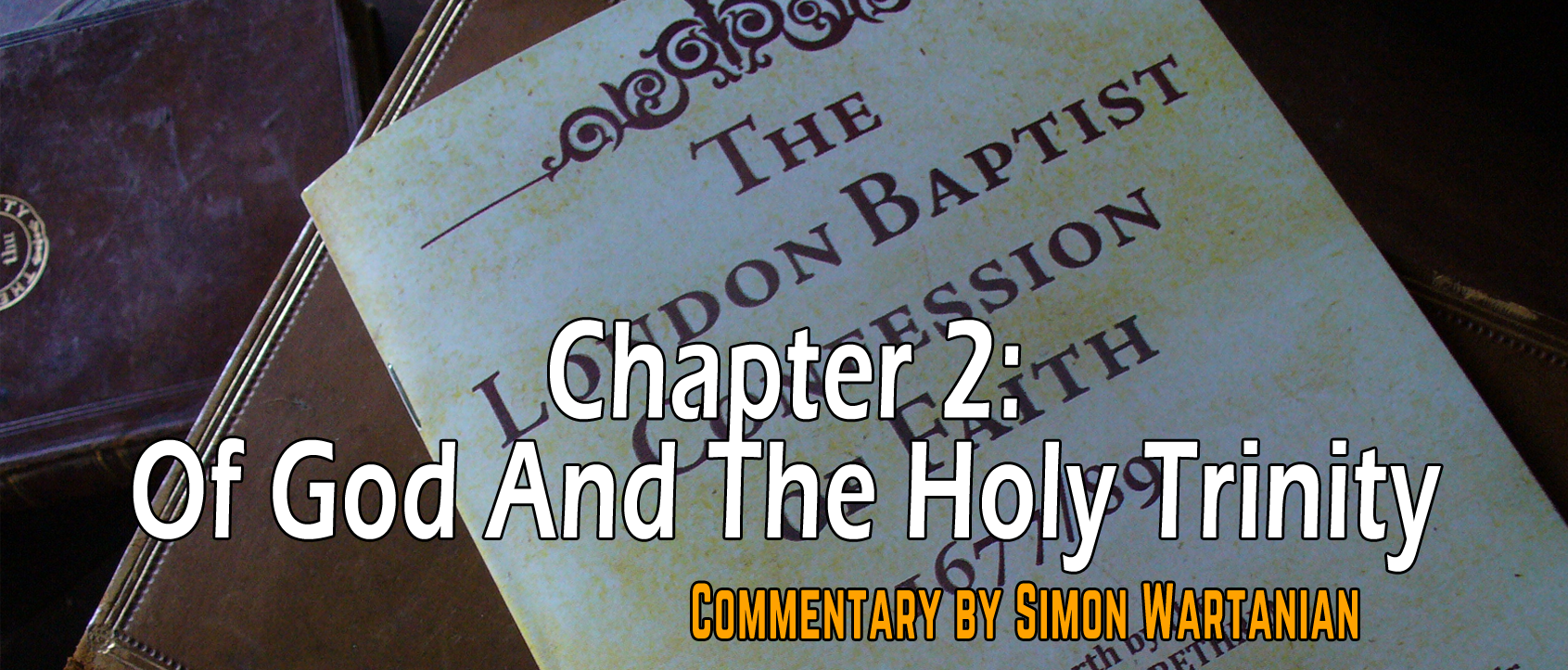Among such Biblically orthodox churches however, there are yet differences held with honest Biblical conviction. Therefore, our Confession also expresses our Baptistic and Reformed distinctives in contrast to our Presbyterian and non-Reformed brethren.[1]
§1 The Universal Church Consists Of The Whole Number Of The Elect
- The catholic or Universal Church, 1 which (with respect to the internal work of the Spirit and truth of grace) may be called invisible, consists of the whole number of the elect, that have been, are, or shall be gathered into one, under Christ, the head thereof; and is the spouse, the body, the fulness of him that filleth all in all. 2
- Matt. 16:18; 1 Cor. 12:28; Eph. 1:22; 4:11-15; 5:23-25, 27, 29, 32; Col. 1:18, 24; Heb. 12:23[2]
- Eph. 1:22; 4:11-15; 5:23-25, 27, 29, 32; Col 1:18, 24; Rev. 21:9-14
The catholic (meaning universal) church, which is called invisible, consists of the whole number of the elect (e.g., 1 Cor. 1:2; Heb. 12:23). The Universal Church does not consist only of New Covenant Christians, but of the whole number of the elect who have been, are, or shall be gathered into one, under Christ. Notice that the church consists of the elect who are gathered, i.e., converted. In their unregenerate state, the elect are not part of the Universal Church until they are gathered into Christ. Christ is the head (Col 1:18) and the church is the spouse (Eph. 5:25), the body (Col 1:18) and the fullness (Eph. 1:23) of Christ.
The word “catholic” means universal and hereby, our forefathers are agreeing with the last part of the Apostles’ Creed:
I believe in the Holy Spirit, 9. the holy catholic Church, the communion of saints, 10. the forgiveness of sins, 11. the resurrection of the body, 12. and the life everlasting. Amen.
Neither the Nicene Creed nor the Confession refers to the Roman Catholic Church in the word “catholic”, but to the universal Christian Church of Jesus Christ. This church is the universal invisible church. This designation refers to true believers, who were chosen before the foundation of the world, are members of the New Covenant and not merely members of a local church. They are true believers and part of the New Covenant in Christ’s blood. This is what the New Covenant consists of and this is what makes up the invisible church, which only God infallibly knows its members. There will be professing believers in our churches, even members or on the staff, who are not true believers and thus not part of the invisible church, but they are part of the visible church. The invisible church becomes visible. The Universal Church becomes local. John Dagg defines these distinctions as follows:
By the church invisible, they [theologians] mean all true Christians; and by the church visible, all those who profess the true religion. The invisible consists wholly of those who are sons of light; and the visible includes sons of light and sons of darkness in one community.[3]
The Presbyterian Louis Berkhof defines the distinction in the following way:
the invisible Church is the Church as God sees it, a Church which contains only believers, while the visible Church is the Church as man sees...
